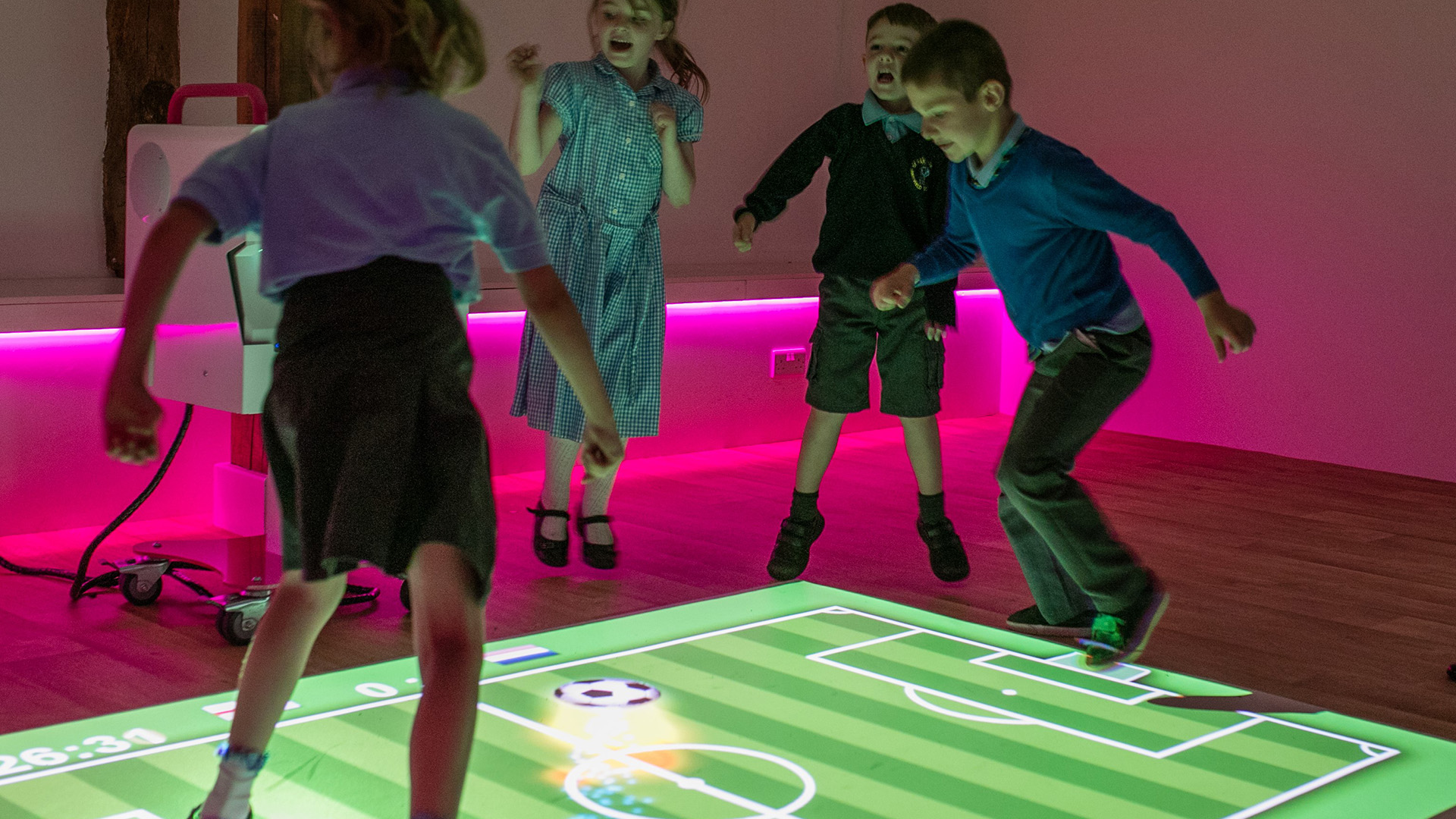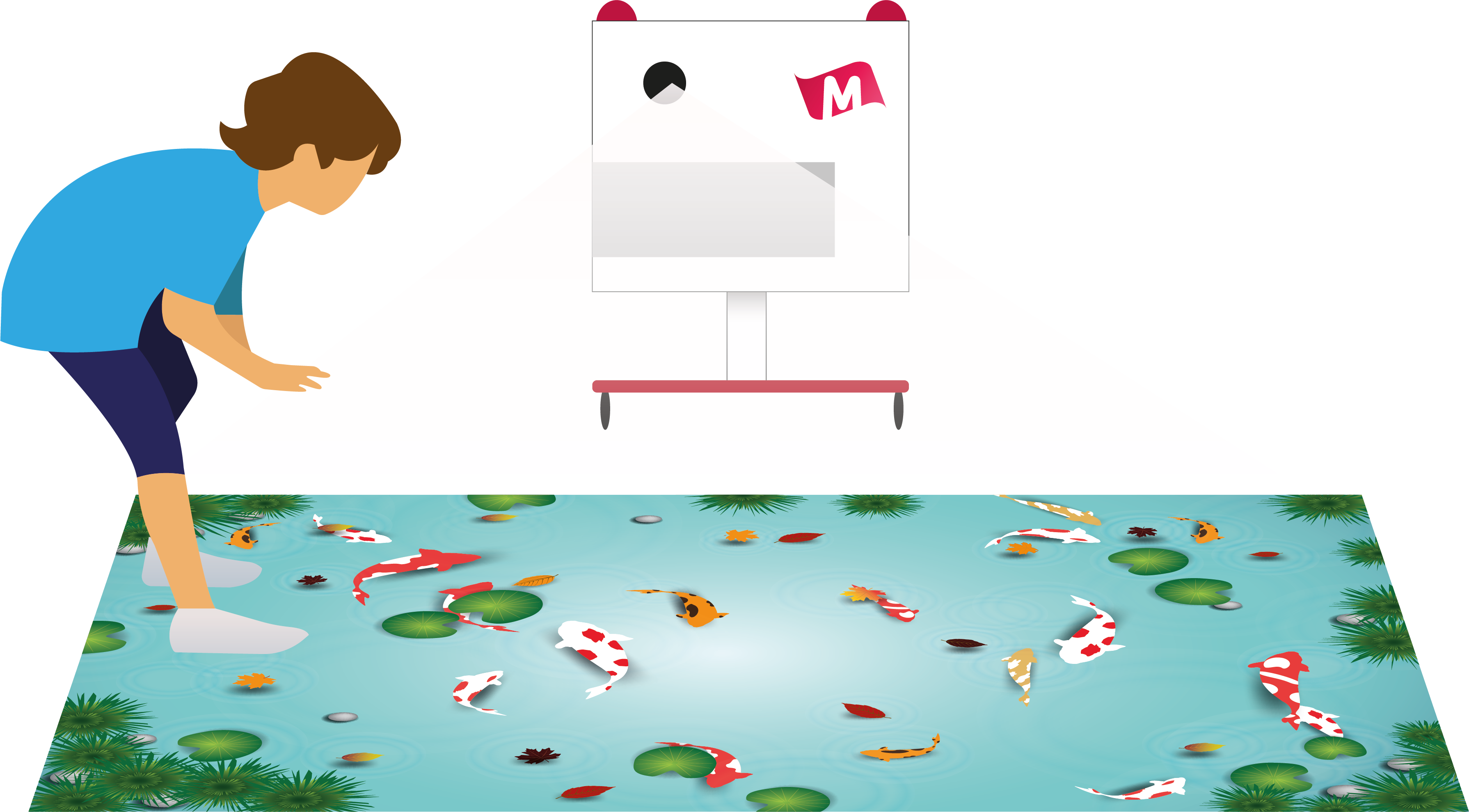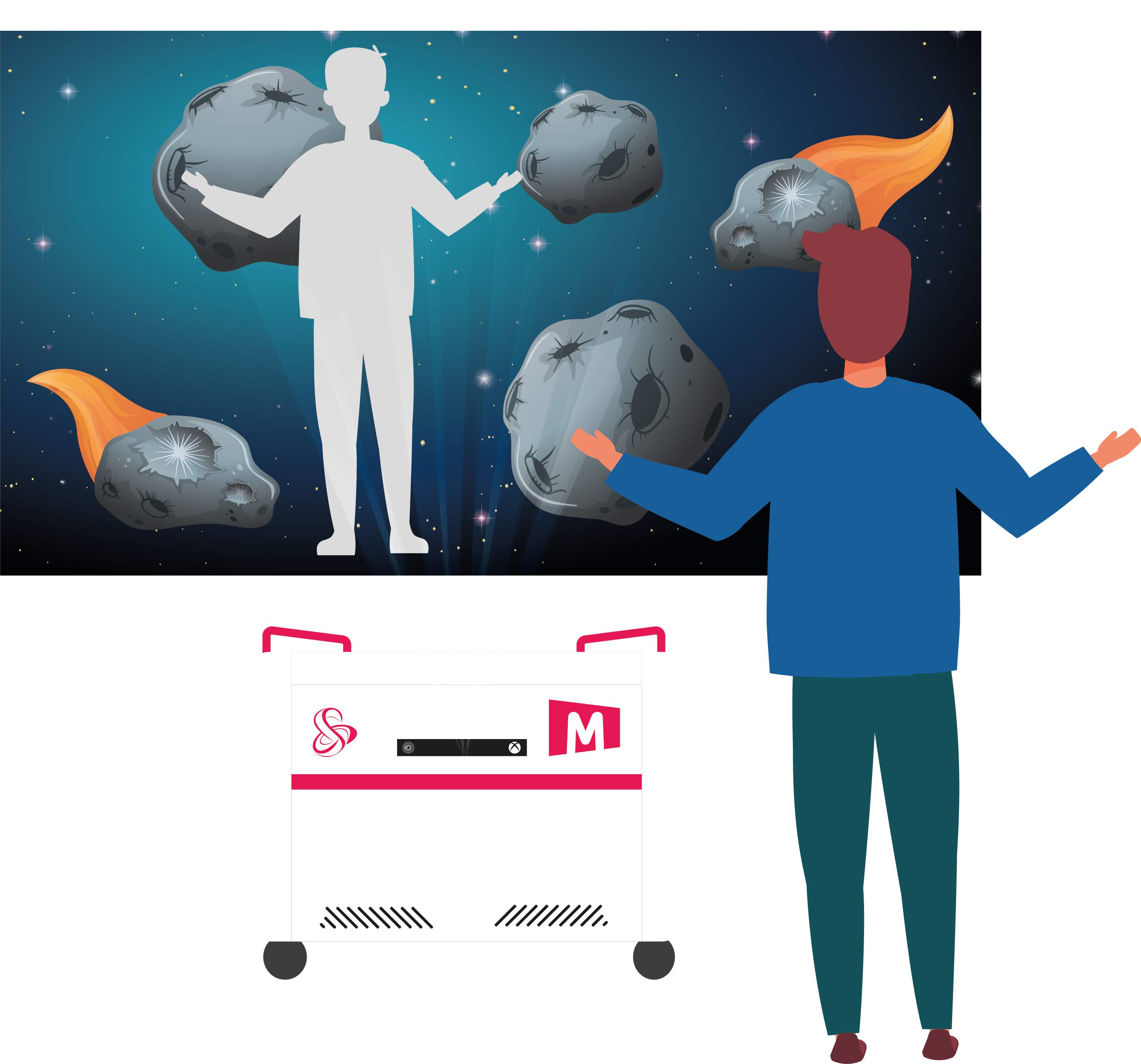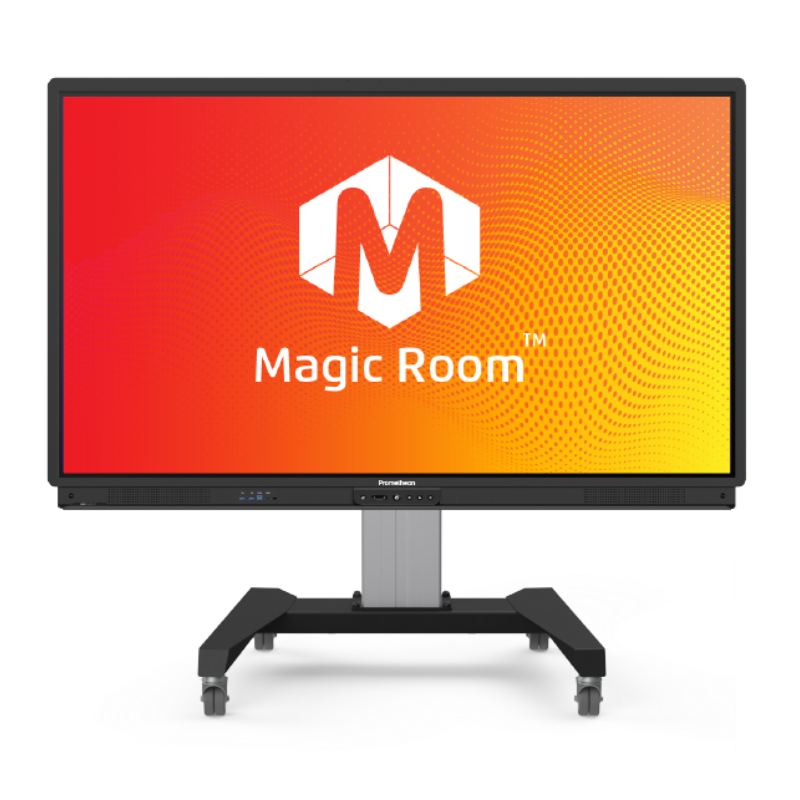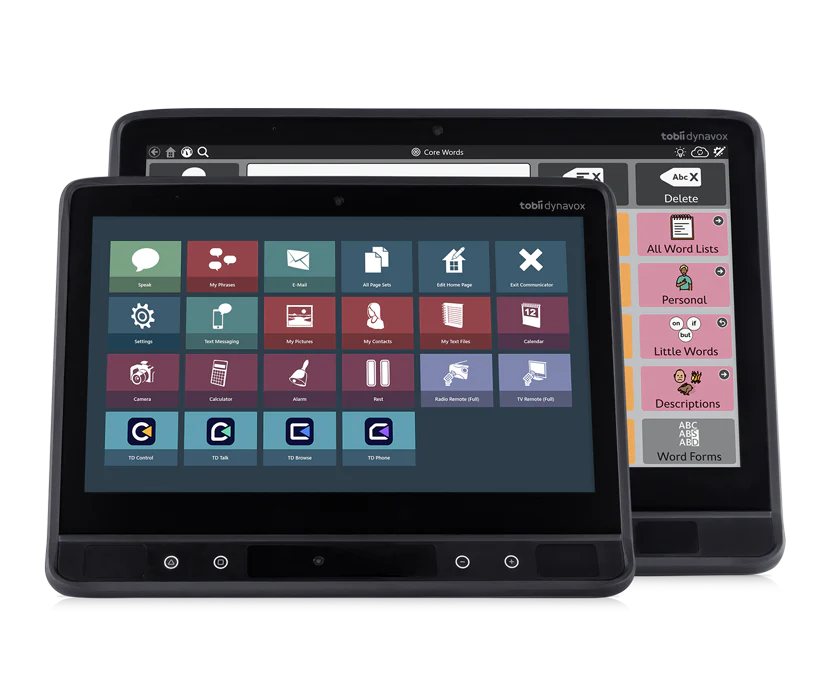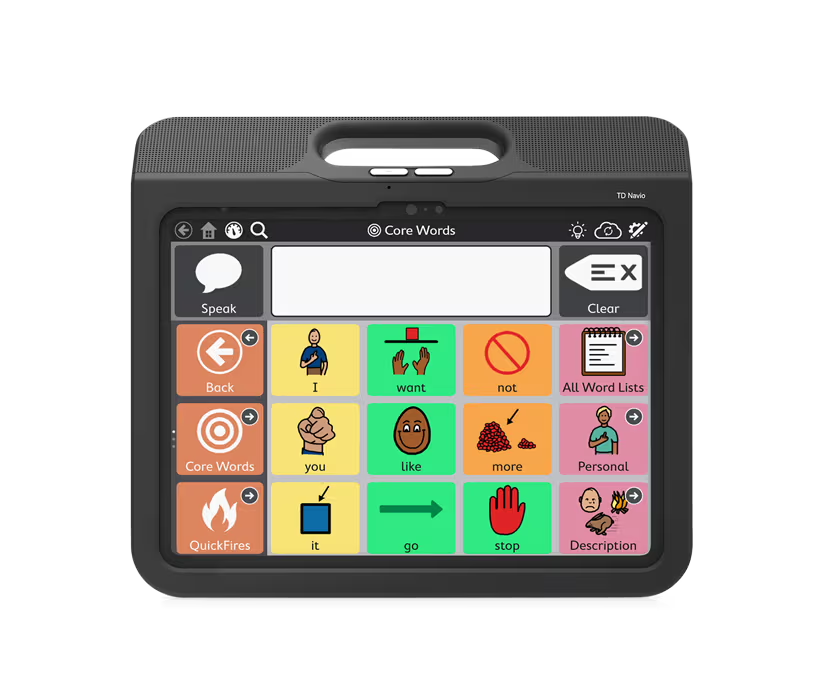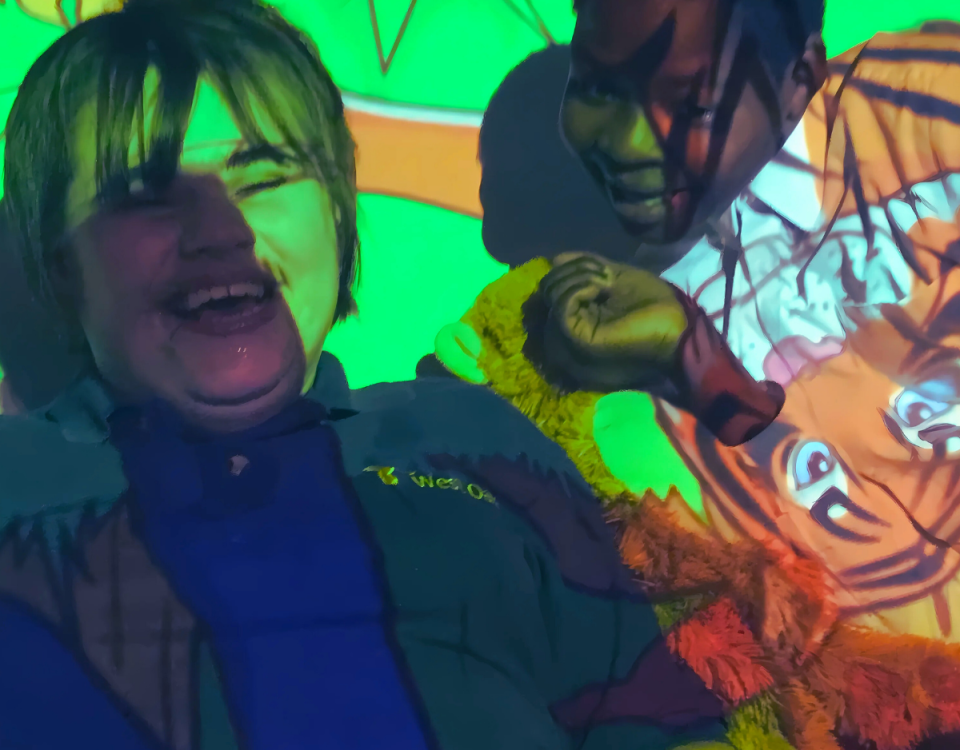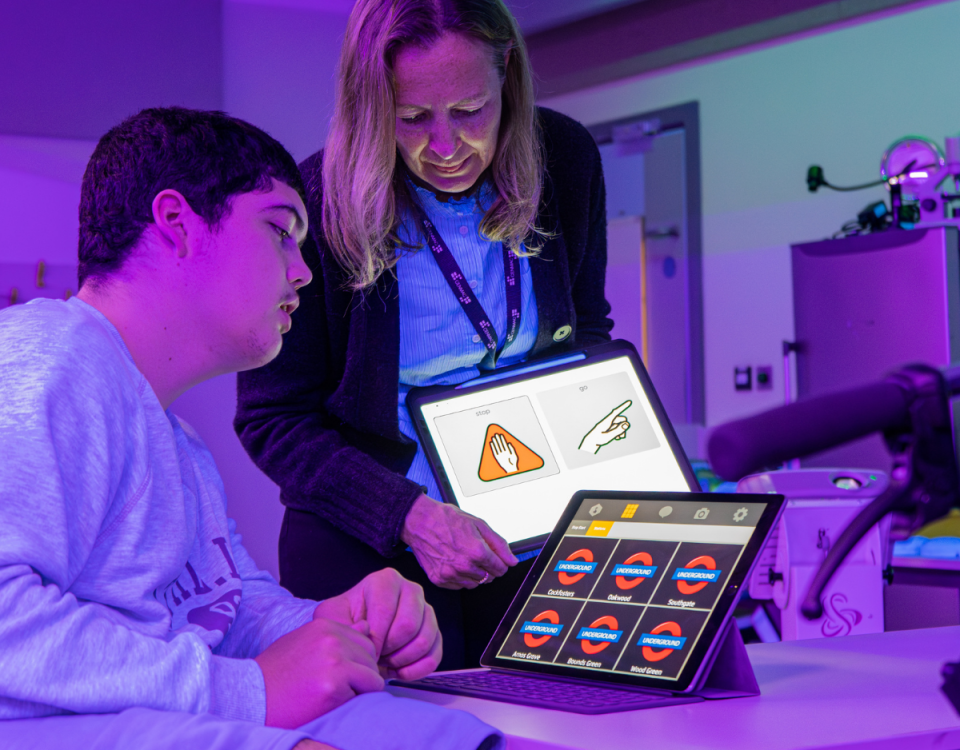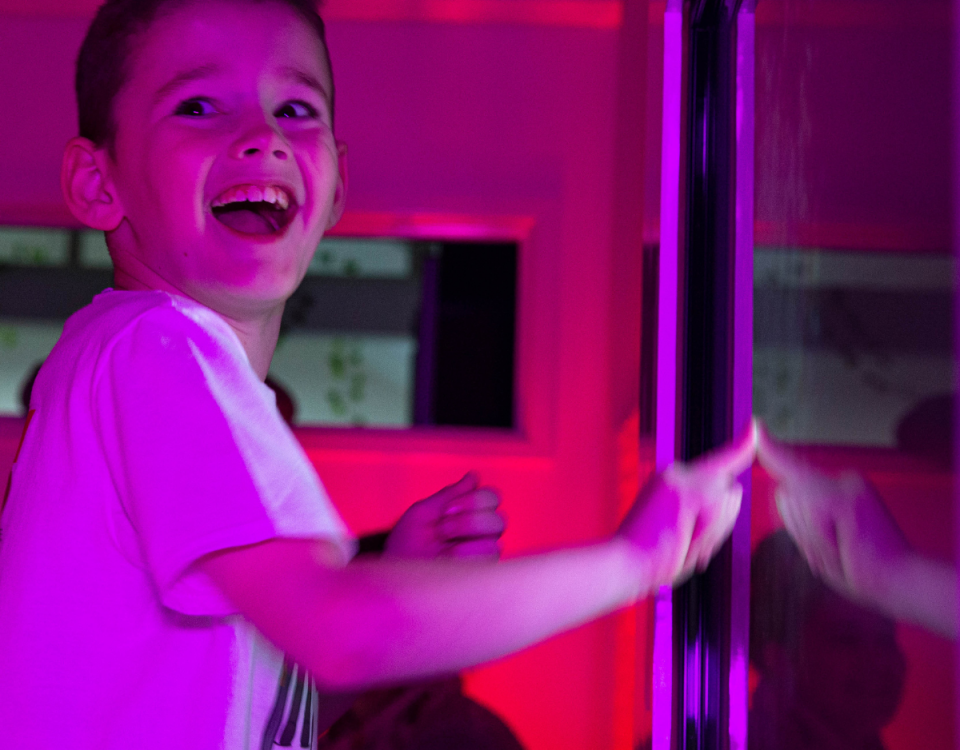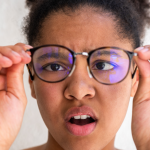
Understanding Strabismus and Its Impact on Vision: Insights from Lisa Donaldson
December 28, 2024
Understanding Cerebral Visual Impairment (CVI): Insights from Lisa Donaldson
December 28, 2024Lisa Donaldson, Head of Eyecare at SeeAbility, explains what nystagmus is, how it affects vision and perception, and shares strategies to reduce its impact on daily life and learning.
What is Nystagmus?
Nystagmus is a condition characterised by involuntary eye movements.
- The eye is unable to fixate steadily on a target, resulting in constant movement or "wobble."
- The degree of nystagmus can vary:
- It may worsen when the child is tired.
- Covering one eye can also increase the wobble.
The Role of the Null Point
Many children with nystagmus have a null point—a position where their eyes naturally settle to minimise wobbling.
Lisa advises observing this natural position to support the child:
- Leverage the Null Point:
- Position objects and activities where the child can best see them using their null point.
- For example, if the child naturally looks downward, place target objects at a lower height.
- Classroom Seating:
- Seat the child in a position that aligns with their null point, allowing them to easily see the whiteboard or other activities.
- Postural Adjustments:
- For wheelchair users, adjust head positioning slightly to one side to optimise visual stability.
Impact of Nystagmus on Vision and Perception
Because the eye is constantly moving, the ability to maintain a clear, steady focus is affected.
- Blurred Vision: Objects may appear less distinct due to the inability to fixate.
- Adaptations: Strategies like using the null point can greatly improve the child’s ability to interact with their environment.
Key Facts About Nystagmus
- Involuntary Movement: The eye cannot fix steadily on a target.
- Null Point: A natural eye position can reduce wobbling; observing this is key to supporting the child.
- Strategies for Support: Position objects, seating, and head posture to minimise nystagmus effects.
Final Thoughts
While nystagmus can pose challenges, understanding its nuances and employing tailored strategies can significantly improve a child’s ability to engage with their environment and learning tasks.
For more information on supporting children with nystagmus, visit SeeAbility.


